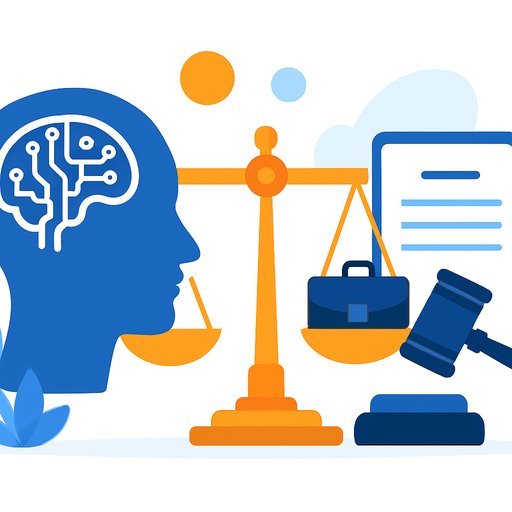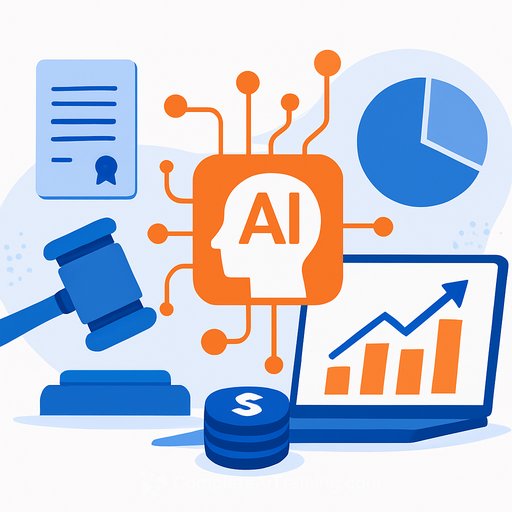Sweden proposes legal cover for AI-enabled police provocations in child abuse and drug cases
Sweden has put forward a proposal to give police clear legal authority to use "special provocative measures" in serious investigations. That includes impersonating minors online, posing as buyers in drug networks, and creating or sharing AI-generated child sexual abuse material (CSAM) to access closed forums.
The plan formalizes practices police say they already use but aren't explicitly defined in law. Justice Minister Gunnar Strömmer framed the move bluntly: "Digitalisation of crime in many areas requires new methods." Investigator Stefan Johansson added, "The purpose of a provocation is to obtain evidence of a crime - not to create one."
What's in scope
- Police could legally pose as children or as buyers to infiltrate child exploitation or narcotics networks.
- AI-generated CSAM could be created and shared by police to gain entry to closed communities used by offenders.
- Measures target serious crimes, including child sexual abuse and large-scale drug offenses.
- In rare cases, provocations could be directed at suspects under 15 when the suspected offense carries a minimum four-year sentence (e.g., preparation for murder).
Process and timeline
The proposal is out for consultation with legal experts, law enforcement, and civil society. After that, the government will draft a bill for Parliament. If adopted, the law could take effect on 1 March 2027.
Why this matters for Legal and Operations teams
This move signals a harder legal posture on digital investigations and raises immediate policy questions for platforms, vendors, and any organization interacting with law enforcement. Even if you're outside Sweden, similar powers exist in Denmark, Germany, and the Netherlands, so cross-border touchpoints are likely.
Operational implications to assess now
- Lawful cooperation workflows: Revisit how your team verifies and responds to requests that may involve AI-generated CSAM. Ensure clear intake, authentication of officers, and auditable approvals.
- Content handling and exposure: Update protocols to prevent staff exposure wherever possible. For unavoidable exposure, enforce least-privilege access, strict time limits, and immediate secure deletion consistent with law.
- Automated reporting conflicts: Mandatory reporting systems can trigger on any CSAM, regardless of source. Define how to handle collisions between automatic reports and law enforcement-controlled operations.
- Evidence risk management: Document chain-of-custody assumptions, data provenance, and internal handling to avoid contaminating evidence or creating discoverability issues.
- Terms of service and moderation: Clarify how your policies treat law enforcement-provoked content. Build controlled exceptions with legal review, not ad hoc workarounds.
- Data retention limits: Default to minimal retention. Create clear timers, redaction rules, and purge events for any flagged media or metadata.
- Child protection compliance: Align with applicable reporting regimes and age-verification constraints. Avoid storing or transmitting copies except as explicitly required by law.
- Cross-border coordination: Map where your systems store data and who can access it. Predefine paths for requests from Sweden, Denmark, Germany, and the Netherlands to avoid last-minute friction.
- Oversight and accountability: Set internal audit triggers for any cooperation involving provocative measures. Require executive legal approvals and post-incident reviews.
- Training and support: Provide targeted training for legal, trust & safety, security, and incident response teams. Include psychological support resources for any potential exposure.
Key questions to bring to counsel
- How do we distinguish and handle AI-generated versus real CSAM in requests without increasing exposure risk?
- What is our basis for cooperation if jurisdictions disagree on legality or oversight standards?
- Do our logging and retention practices create unnecessary legal risk if challenged in court?
- What safeguards prevent internal misuse or secondary distribution of sensitive material?
Bottom line
If this proposal becomes law, Swedish police will have explicit authority for digital provocations, including limited use of AI-generated CSAM, in serious cases. Legal and operations leaders should tune their playbooks now-tighten intake, reduce exposure, document rigorously, and pre-clear cross-border scenarios-so you're ready when the requests arrive.
If your team needs structured upskilling on AI policy and compliance, see our role-based resources at Complete AI Training.
Your membership also unlocks:










